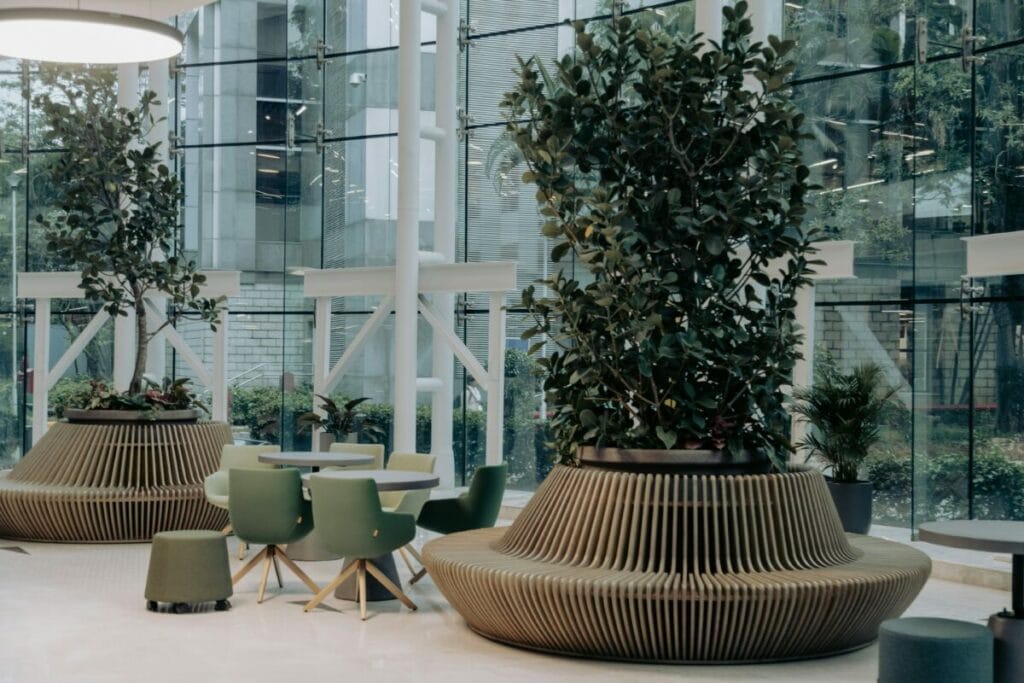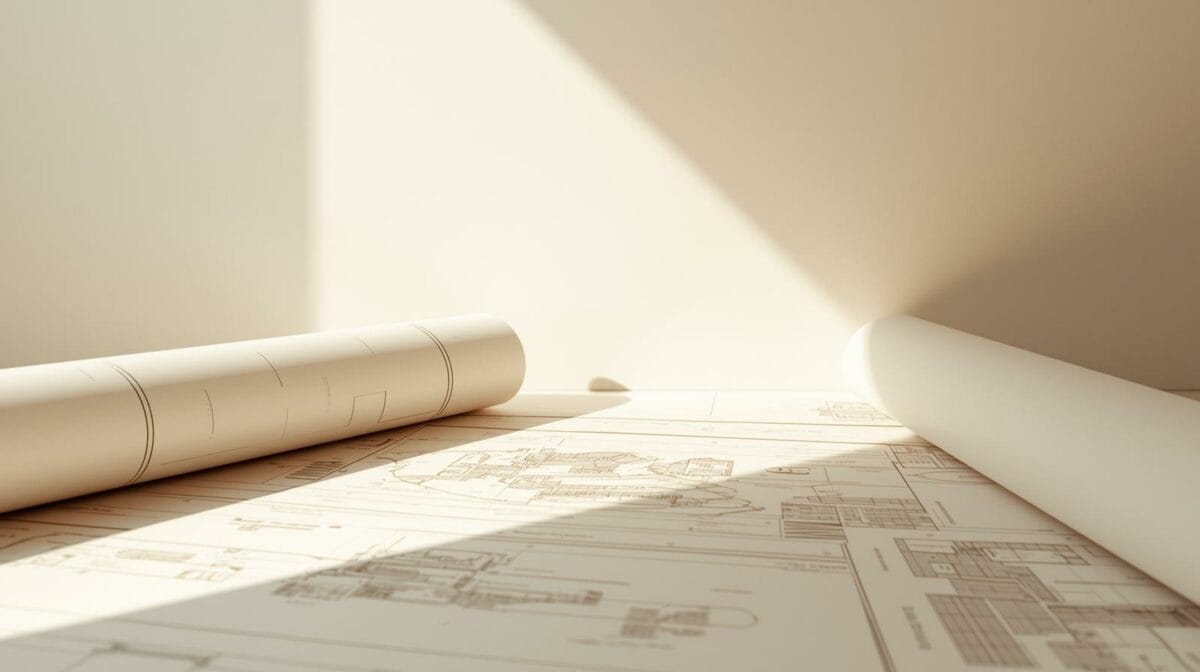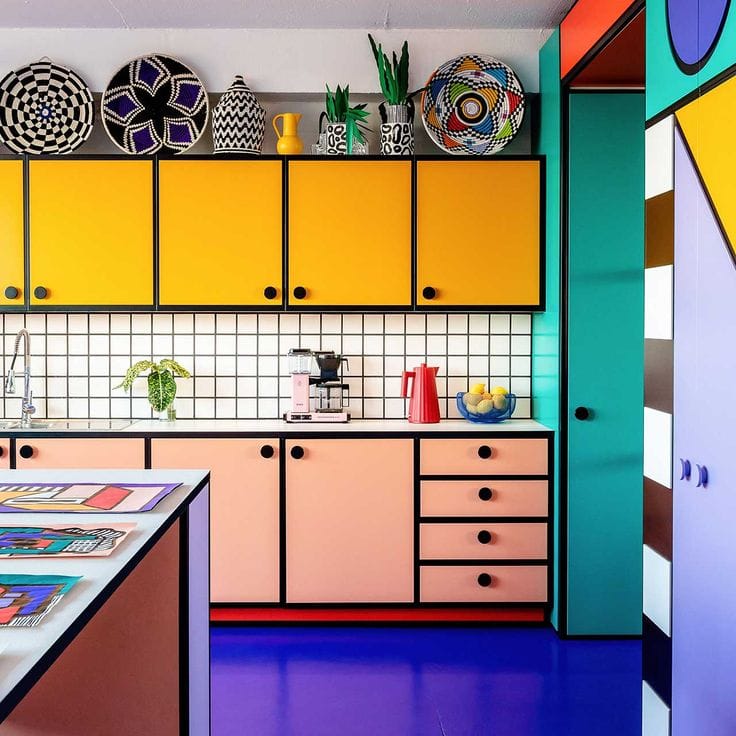Architecture that speaks to our brain
Imagine for a moment that your walls could calm anxiety, that your ceilings could spark creativity, and that the light in your living room could improve your mood. Fiction? Not at all. Welcome to the world of neuro-architecture, a quiet revolution that transforms our relationship to the home. Where modernism championed function and postmodernism played with codes, neuro-architecture listens to our neurons.
Born in the 2000s in the united states and northern europe, this scientific approach to space draws on neuroscience laboratories. It emerged at a time when our understanding of the brain was sharpening and the stakes of wellbeing were taking on new importance. Today, as we spend about 90% of our time indoors, this discipline stands out as one of the most promising answers to contemporary malaise.
A fertile ground between science and creation
Neuro-architecture emerged in a particular context with the rise of cognitive neuroscience and a growing awareness of how the environment affects mental health. The first functional mris revealed how our brain reacts to architectural stimuli. At the same time, therapeutic architecture in hospitals showed that space can heal.
This convergence builds on decades of environmental psychology research in the wake of roger barker’s work in the 1960s. The innovation lies in precise scientific tools such as electroencephalograms, cortisol measurements and behavioral analyses. For the first time, architecture has a way to measure its effects on humans objectively.
Aesthetics in the service of neuroplasticity
The visual characteristics of neuro-architecture favor the fluidity of curved lines, which are scientifically shown to reduce stress. Right angles, though present, soften subtly at intersections. Biomorphic forms dominate with gentle undulations, soft spirals and geometries inspired by nature.
The color palette follows insights from color perception. Green, which activates the parasympathetic nervous system, occupies spaces for rest. Blue, which supports concentration, dresses work areas. Earthy tones anchor and reassure. Every shade is justified by its neurological impact.
Natural materials reign supreme with raw wood showing its grain, stone with irregular textures and patinated metal. Their power lies in their ability to activate our ancestral memory, which associates these elements with safety and comfort. Construction techniques favor visible joinery and recessed joints that emphasize materiality, creating the kind of cognitive roughness that soothes the brain.

The pioneers of an invisible revolution
John zeisel
A neuropsychologist who became an architect, zeisel rethinks housing for people living with alzheimer’s. His therapeutic gardens integrate sensory paths that stimulate memory and reduce wandering. His approach is architecture as a non invasive medicine.
Sarah robinson
This california based architect theorizes embodied cognition in architecture. Her research on how spatial proportions affect mood gives rise to residential spaces with mathematically calibrated dimensions to optimize wellbeing. Robinson shows that a room’s height to width ratio directly influences our level of creativity.
Colin ellard
A canadian environmental psychologist, ellard measures scientifically the effect of urban facades on passersby. His findings on the blind facade effect, the capacity of uniform walls to generate boredom and low mood, are reshaping contemporary urban design.
Built works that heal and inspire
Maggie’s centre by zaha kirby (scotland, 2006)
The first cancer support center conceived according to neuro-architectural principles. Its enveloping curves and filtered zenithal light reduce patient anxiety by 23 percent, according to a study from the university of edinburgh.

Hogeweyk alzheimer’s residence (netherlands, 2009)
A therapeutic village for 152 residents where each house recreates a familiar environment. Intuitive routes and sensory cues allow people to maintain autonomy for longer. The model has been exported to fifteen countries.
Furniture that takes care of us
Relax response armchair by patricia urquiola
Its asymmetric armrests naturally follow a relaxed posture and reduce unconscious muscle tension. Its bouclé texture stimulates touch and activates oxytocin production.
Circadian table by toküjin yoshioka
Integrating an led system that reproduces the solar cycle, it naturally regulates our circadian rhythms. Its rounded edges remove visual stress and create an optimized work environment.
Dendrite shelving by ronan bouroullec
Inspired by neuronal connections, its branching structure subtly stimulates creativity. Each branch offers a different viewing angle and enriches spatial experience.
A legacy in continuous construction
The influence of neuro-architecture is already irrigating contemporary architecture. Practices such as foster + partners or big systematically include neuroscience consultants on their teams. This approach also fuels the rise of biophilic design and therapeutic architecture.
On the market, creations labeled neuro design are becoming more accessible. Circadian lighting ranges between 200 and 2000 euros. Biomimetic wallcoverings reach 80 euros per square meter. On the secondary market, early pieces by robinson or ellard are already traded among informed collectors, revealing a nascent valuation.
A future shaped by science
Neuro-architecture outlines the contours of a truly human habitat. It may even herald the emergence of adaptive architecture able to respond in real time to our emotional states. By reconciling space and psyche, it opens a new path, one of design that no longer seeks only to seduce but also to care, to soothe and to elevate.
Our homes will no longer be mere shelters, they will be silent allies able to listen, understand and calm the mind.
In a world where anxiety has become epidemic, this architecture that listens to our neurons is no longer a luxury. It is a necessity.
Also read, discover how biophilic design fits into the same dynamic by placing nature at the heart of contemporary architecture.

Independent interior architect and project manager, I combine technical expertise with aesthetic sensibility. From structural work to finishing touches, I have developed an in-depth knowledge of materials, which I share through writing to convey my passion for design and architecture.






